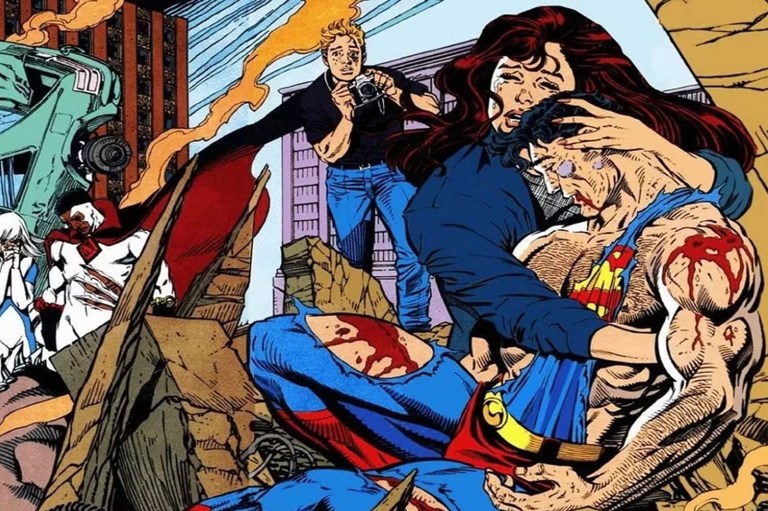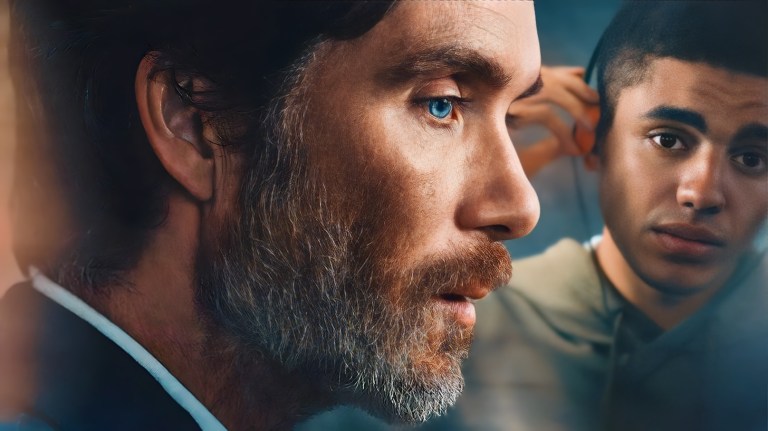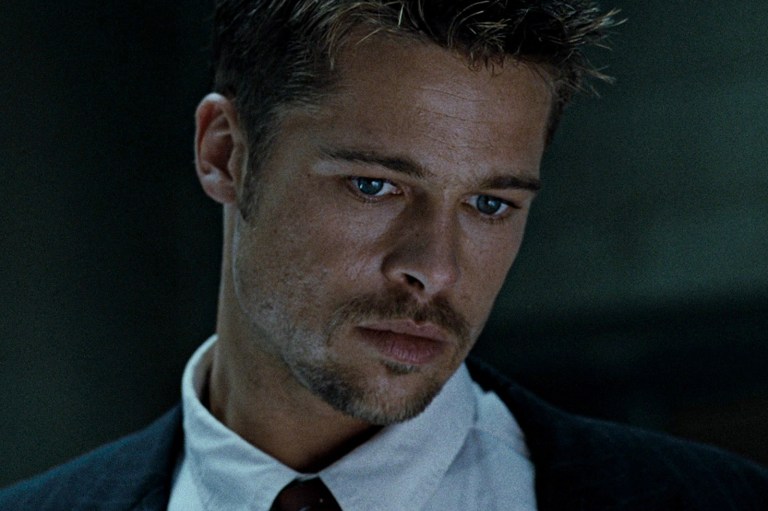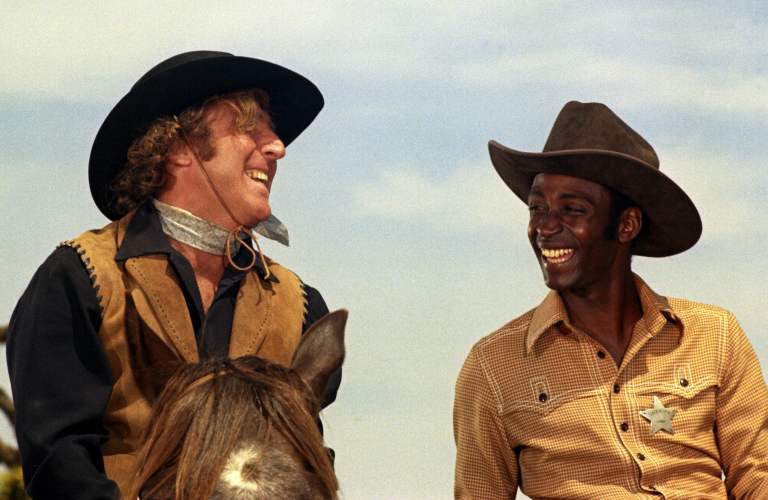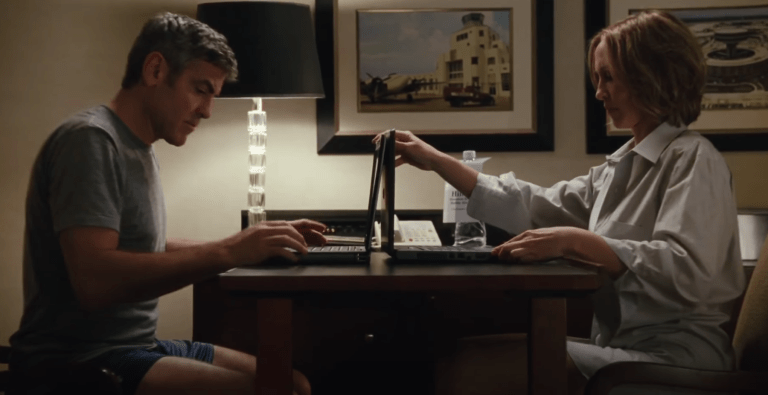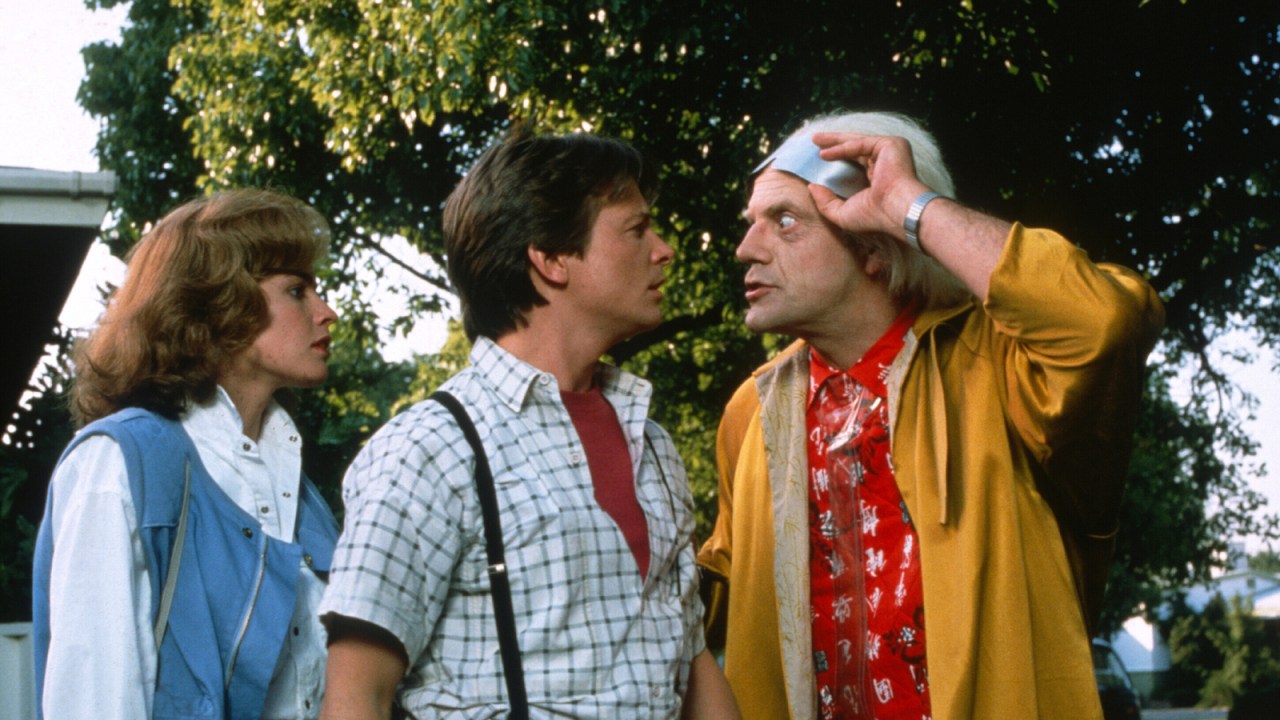
7 Movie Endings That Are Way Darker Than You Remember
In many ways, a movie’s success is largely dependent on the strength of its final act.
Having closely followed a film’s narrative for upwards of two to three hours, audiences require an altogether cathartic ending that makes their viewing experience worthwhile. After all, no one wants to sit through a film knowing the ending will disappoint them, preferring instead to watch a movie that ends on a positive final note – or at the very least, a justifiably sobering one a la Stand by Me, La La Land, or Titanic.
While most movies tend to conclude with a satisfyingly happy ending, other films might draw to a close with a more ambiguous climactic sequence. Initially appearing upbeat and optimistic for the characters involved, these movie endings actually harbor a far more troubling reality behind their outwardly colorful appearance, leaving the fates of their main characters frustratingly uncertain.
Spoilers ahead, obviously.
Pan’s Labyrinth (2006)
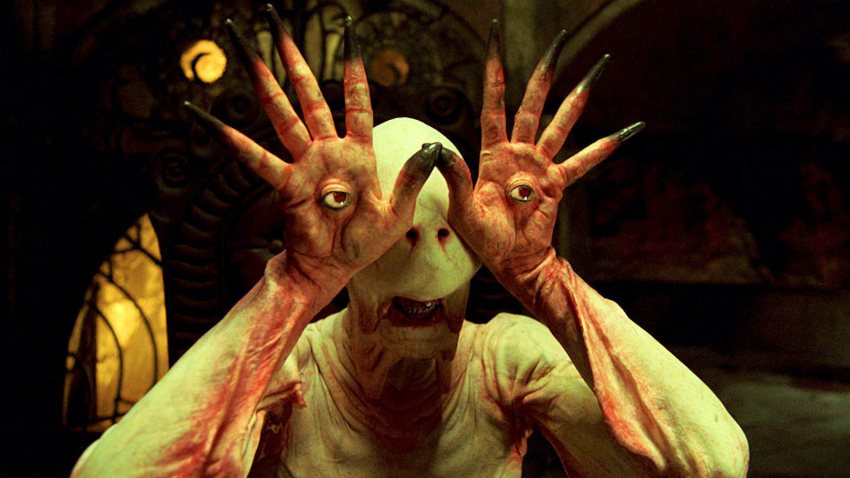
There are two ways to view Guillermo del Toro’s wondrous 2006 historical dark fantasy film, Pan’s Labyrinth. On the one hand, audiences can choose to believe that Ofelia’s magical adventures are indeed happening in real life, whisking her away to a fantastical world of enigmatic fauns, playful fairies, and child-eating demons with eyeballs on their palms. Yet as the final scene between Ofelia and the Colonel shows us, there is a distinct possibility that the madcap odyssey Ofelia embarks on is entirely in her own head: a whimsical manifestation used to escape her grim reality. If that’s the case, the authenticity of Ofelia’s encounters with the Faun remain distinctly questionable – not to mention her seemingly miraculous return to the Underworld kingdom she left behind.
Back to the Future (1985)
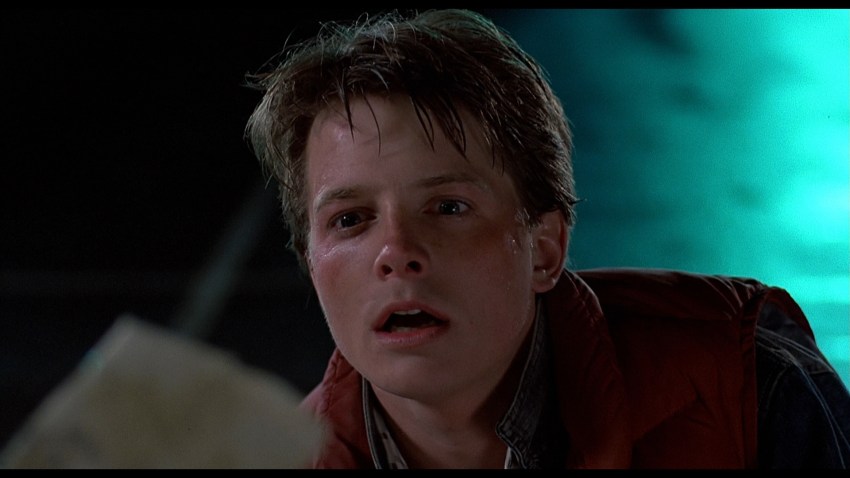
On the surface, what’s not to love about Back to the Future’s closing scene? Having successfully navigated the ‘50s, 2010s, an alternative 1980s, the ‘50s (again), and the 1880s, Marty McFly returns home to a far superior version of his original 1985 surroundings. His father’s a successful writer, his parents are happily married, and the future seems radiantly bright in the McFly household. The only problem is the discrepancy between the 1985 that Marty McFly originates from and the new 1985 he’s suddenly found himself in. Having literally no knowledge about the reality of his new surroundings, the world Marty actually knew is now permanently erased, along with the original versions of his family, friends, and his doting girlfriend, Jennifer.
The Lord of the Rings
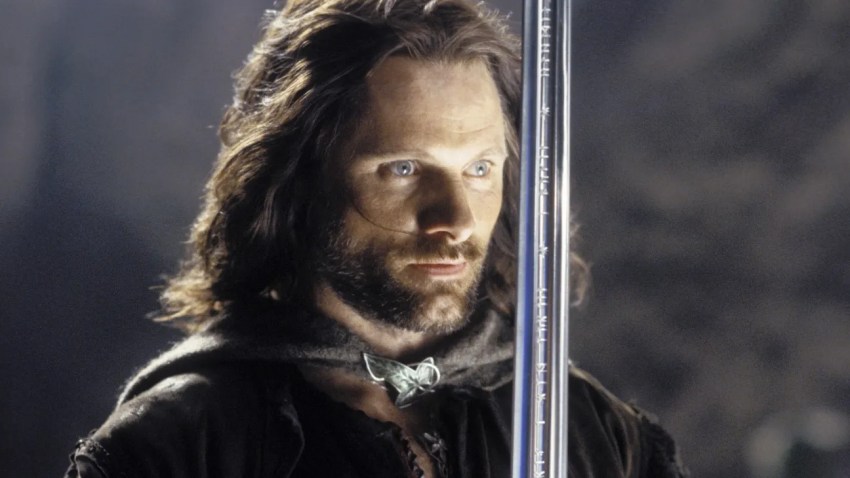
J.R.R. Tolkien regularly leaned into his experiences as World War One veteran when it came time to write his magnum opus, The Lord of the Rings. Unsurprisingly, then, director Peter Jackson meticulously recreated many of Tolkien’s defining moments in his subsequent LOTR trilogy, right down to the bittersweet ending adapted from Return of the King. Returning home after their eventful journey abroad, each of the four principal hobbits attempt to readjust to an unassuming life in the Shire. Unfortunately, the hardships of his past experiences prove too much for Frodo, leading him to once again depart from home in search of the Undying Lands with Bilbo and Gandalf. A thoughtful ending that clearly illustrates Frodo’s struggles with PTSD, it’s also a harrowing meditation on Tolkien’s own understanding of war and the effects it has on the human psyche, with not every soldier able to move on once the conflict’s officially over.
The Green Mile (1999)
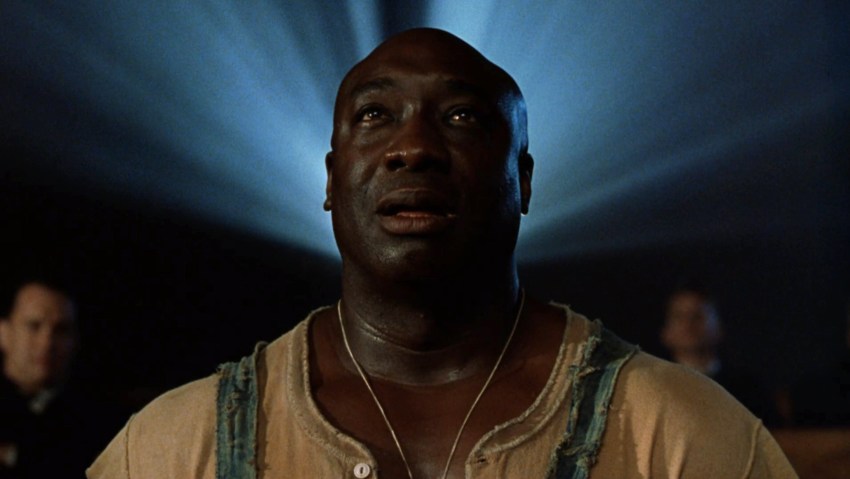
Okay, yes, the ending of The Green Mile isn’t exactly a Disney ending to begin with. But on top of John Coffey’s unjust execution for a crime he didn’t commit, viewers still have to witness Paul Edgecomb’s grim fate at the very end of the film. Having personally come in contact with John Coffey’s miraculous healing abilities in 1935, Paul lives on to a remarkably advanced age for the remainder of the century. A side effect of sorts from John’s magical touch, Paul has outlived everyone close to him in his life, including his friends, family, and all those who could believe his bizarre life story. Guilt-stricken by his role in John’s death, Paul wishes to die, but he’s also inherently scared to meet his maker, fearing the judgment that awaits him for killing off his former death row inmate. Talk about an existential Catch 22.
Taxi Driver (1976)
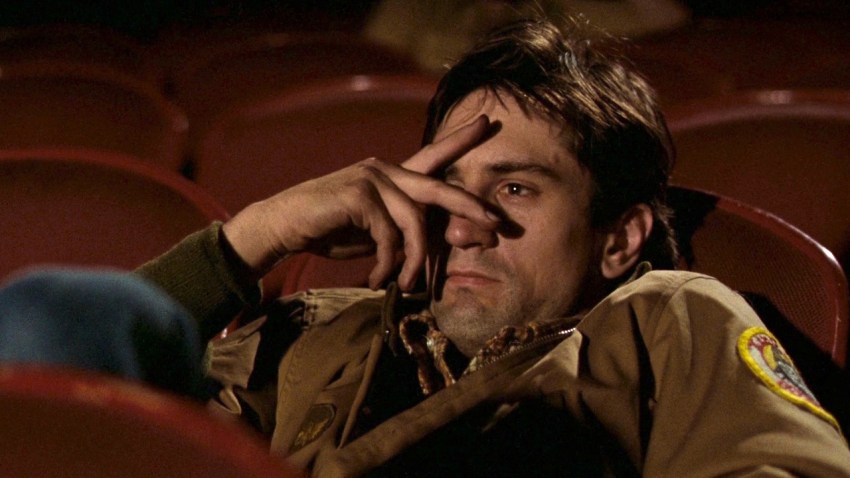
Another ambiguous ending to a classic American film, the climax to Taxi Driver sees Robert De Niro’s Travis Bickle brutally murder several shady criminals in order to protect the underaged call girl, Iris. Hailed as a hero by the press, Travis resumes his work as an ordinary cab driver in the city, seemingly content with his part in saving Iris from her ill-fated life on the streets. But as Travis gazes in his rear-view mirror in the closing shots of the film, it’s clear that his vigilante crusade against New York City’s underworld is far from over. A ticking time bomb waiting to go off, Travis may be regarded as a hero today, but he won’t stop until he’s eradicated everything he views as a plague on the Big Apple – or, more likely, until he dies trying.
The Truman Show (1998)
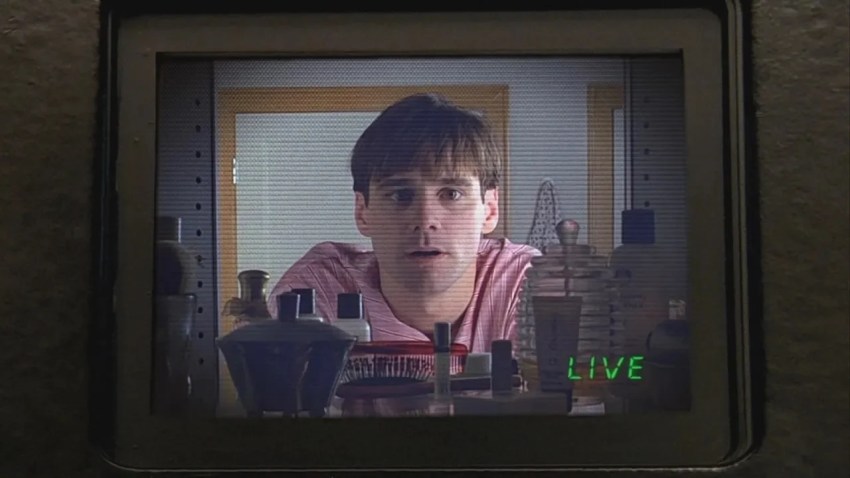
Like the aforementioned ending of Back to the Future, the closing moments of The Truman Show seem to spell out a glimmer of hope for Jim Carrey’s disillusioned main character. Fleeing from his simulated reality inside his self-contained TV studio, Truman is now free to begin a life of his own in the outside world – without millions of prying eyes observing his every move. As joyous as Truman’s escape might seem, it’s impossible to underscore the acute PTSD Truman would suffer upon entering the actual world, leaving him to constantly wonder what’s reality – and what’s simply another moment of scripted television.
Whiplash (2014)
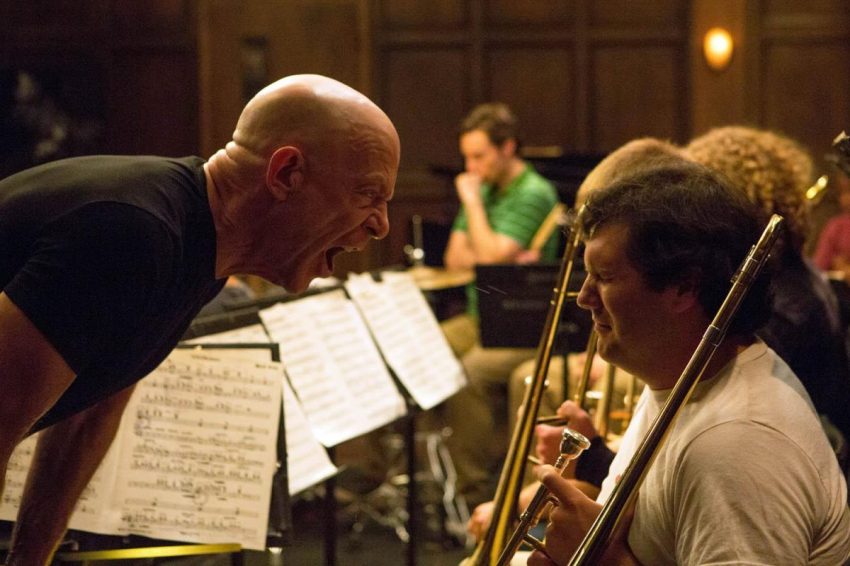
One of the greatest films of the 21st century yet, Whiplash has a way of elevating your heart rate every time J.K. Simmons and his perennial scowl wanders on screen. Having endured his fair share of psychological, emotional, and physical abuse from Fletcher throughout the film, Miles Tellers’ ambitious Andrew finally illustrates to the world his prodigious skill as a jazz musician in the closing moments of Whiplash.
Yet the more praise and respect he receives from Fletcher, the more it’s clear that Andrew has simply fallen even deeper into his professor’s manipulative clutches. Yes, he’s unlocked his true potential as a drummer worthy of Charlie Parker – but like Bird before him, he’s now fated to wander down a lonely path of perfectionism, mental illness, and an early death, with only Fletcher as his sole companion. He may have won the battle, but Fletcher has essentially won the war (and Andrew’s entire future along with it)
